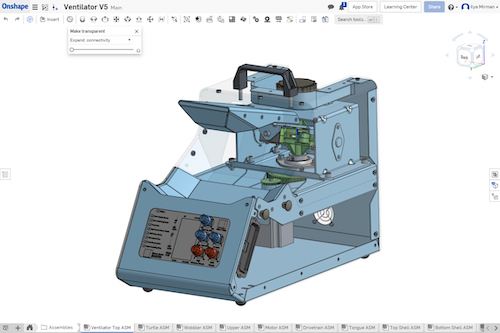Accelerating Innovation with Cloud CAD Collaboration
The final category is external partners and the challenge is about improving the way the company shares critical purchasing and manufacturing information with external supply and manufacturing partners.
In all three categories, the simple act of sharing a 3D CAD model with a colleague or outside partner is a headache when using on-premise file-based systems. Getting feedback on a design involves sending static files or screenshots back and forth by email or uploading to Dropbox, versus the immediacy of a real-time conversation. Manually sharing CAD designs often involves emailing lengthy written instructions back and forth, causing further delays in the communication flow. There’s also the issue of CAD access, as coworkers and partners without a CAD license cannot open the file.

Accelerating innovation with cloud CAD collaboration
Perhaps the most dramatic example of cloud CAD collaboration tools being an absolute game-changer is the development of the Rise Emergency Ventilator. In March 2020, during the early days of the pandemic, hospitals were projecting massive shortages of ventilators to help COVID patients breathe. Meter, a Boston hardware startup in stealth mode, took on the challenge of designing a more affordable ventilator without relying on specialized parts already in high demand to repair existing ones.



















